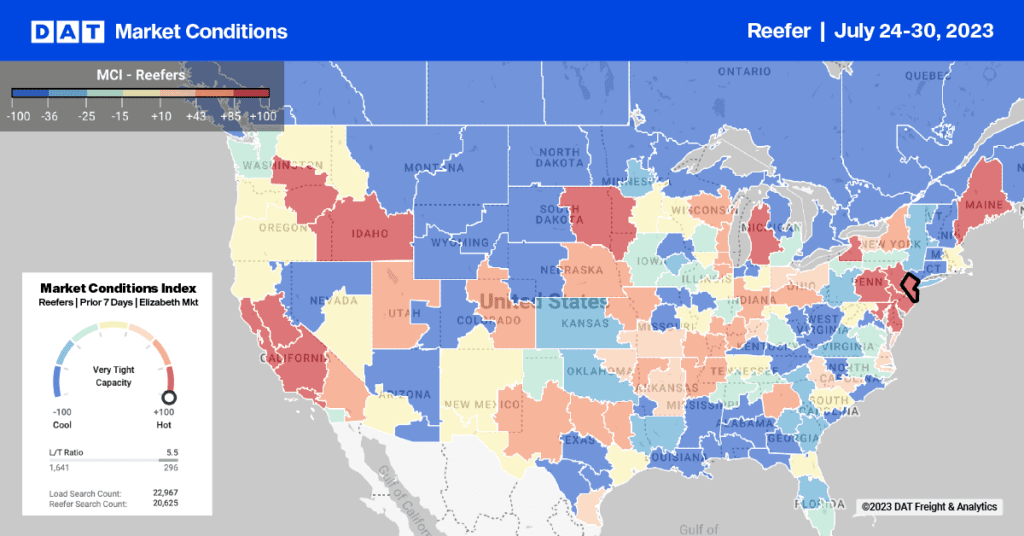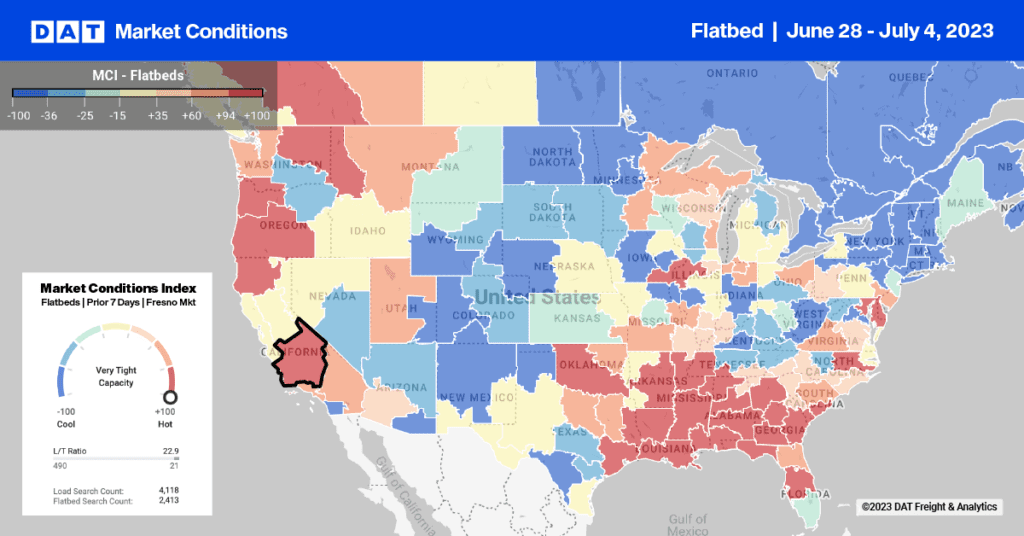Ithas become a standard exercise to provide rates in response to a Request forProposal (RFP) from your shipper customer or prospect. While an RFP can offeryou a great opportunity to develop your business, you may need to considerwhether winning the bid will help or hurt your bottom line.
With thatin mind, you have three main bidding strategies to choose from:
- Win the entire bid. If the shipper’s business is attractive and it fits well with your existing business, then go for it!
- Win only a portion of the bid. The pricing for the entire bid may not be profitable for you, but certain lanes might dovetail well with your existing business. Pursue those. Other providers may exit the unprofitable segments of the business in the future, giving you an opportunity to add lanes on more favorable terms.
- Lose the bid, but make a good showing. A well constructed bid can be an effective way to introduce yourself to a new customer or to enhance your relationship with an existing customer. Also, if your competitors’ bids are too aggressive, the low-cost provider may fail or walk away from the contract, opening the door to bidders who asked for a higher rate.
Tactically,there are three critical aspects to bids: execution, pricing and margin.
1. Execution: A successful bid packageincludes more than just rates.
Of course, to complete the RFP package successfully,you will need to provide more than just rates. In fact some shippers consider rates to be among the least important aspectsof the RFP package. They recognize that whileanyone can create a document with low prices, they are buying a professional servicethat must be performed correctly to support their supply chain. So you willneed to communicate your ability to serve the customer’s specific needs, as setout in the RFP. Be sure to state your assumptions explicitly, because RFPs andbids often include some ambiguity. If offered the opportunity to clarify bidaspects, refer to the RFP for guidelines and contact information. If your bidis well constructed and answers the customer’s needs precisely, you may win thebid away from lower-priced competitors.
2. Pricing:Get the rates right, even when you don’t know the lanes well.
Startby pricing the lanes where you have experience, and where you know you have areliable source of capacity. If your current business doesn’t overlap with thelanes represented in the bid, try to develop “trihaul” routes – three-leggedroutes with added profitability – for your carriers, or use other creativedispatch tactics to handle new lanes.
Nowbenchmark your pricing matrix against the prevailing rates in those lanes. Use TransCore’s TruckloadRate Index Combo to analyze both the contract rates and the spot market “brokerbuy” rates for any of 20,000 lanes. Look up key lanes for a 13-month ratehistory that helps you to evaluate seasonality and volume in each lane, ordownload hundreds of rates at a time to complete your bid worksheet.
3. Margin:Create a pro forma model to balance revenue and cost.
Youneed to make money, but sometimes your targeted profit margin can be secondaryto other goals. For example, you might consider one shipper to be a key customer,this particular piece of business fits well with your current portfolio, or youhave a strategic need to increase market share this year. Regardless of your overall goal, you need to knowthe expected return on your bid. One ofthe best ways to do this is to create a pro forma.
Startwith a spreadsheet, multiplying annual volume by the price per load, anddevelop a revenue estimate. Separately, addup all the costs needed to support that revenue. Don’t forget indirect costs or’overhead’. Then evaluate the return. Ifyou win the bid, will it make your business healthier, or is just adding volumewithout profit? You can also use yourspreadsheet tool to weigh risk by considering different sets of assumptions andtheir outcomes. Assign a percentage toeach scenario, representing the likelihood that it might occur. This gives youa good model of what value the RFP might provide to your business underdifferent circumstances. Later, you can returnto this spreadsheet and plug in the actual values, to evaluate your performanceagainst the plan.
For a more detailed discussion ofRFPs and bidding, please send us an emailrequest and we will send you the full white paper that I delivered at the TIA conference inApril.


